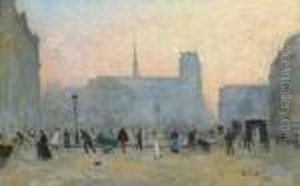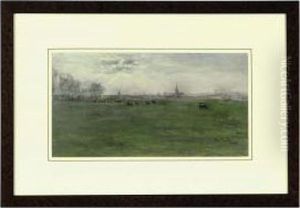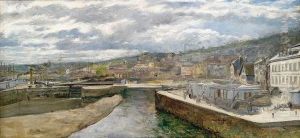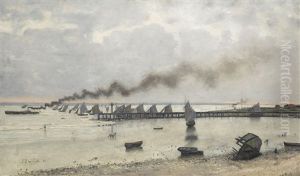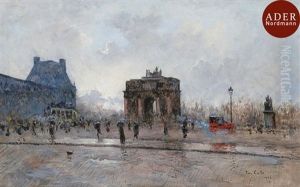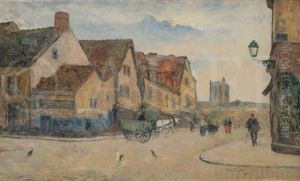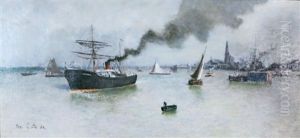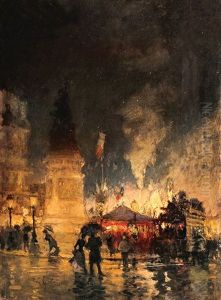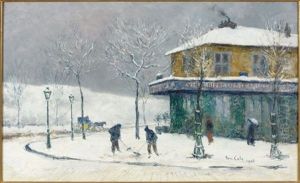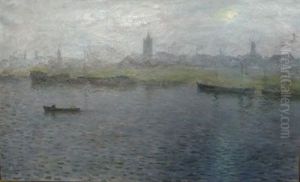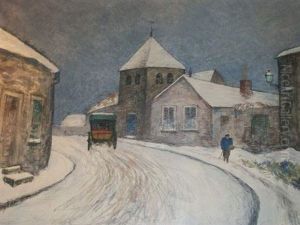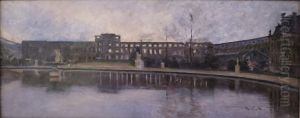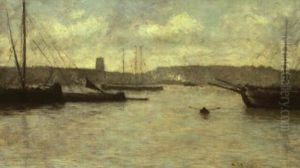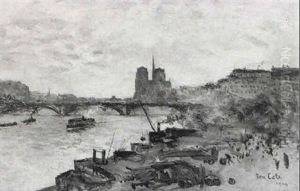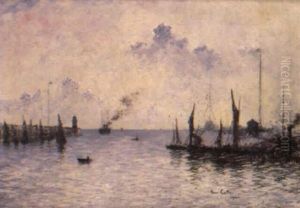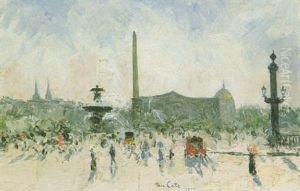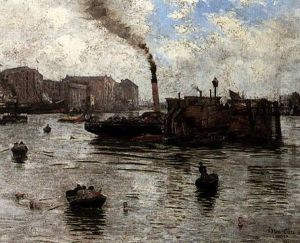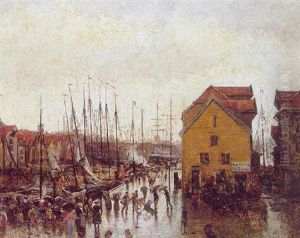Siebe Johannes ten Cate Paintings
Siebe Johannes ten Cate was a Dutch painter known for his impressionistic landscapes and cityscapes. Born on December 23, 1858, in Sneek, the Netherlands, he began his artistic education at the Amsterdam Royal Academy of Fine Arts. His early work was influenced by the Hague School, a group of artists who lived and worked in The Hague during the late 19th century and were known for their realistic depictions of Dutch life and scenery.
Ten Cate's style evolved as he became exposed to the French Impressionists, whose approach to light and color had a profound impact on his work. He lived and worked in Paris for a significant part of his career, where he absorbed the city's vibrant artistic atmosphere and incorporated its influence into his paintings.
The artist's oeuvre mostly consists of urban scenes, particularly of Paris, as well as landscapes. He captured the everyday life of the city with a particular focus on the interplay of light and shadow, and the reflections in the water along the Seine. He is also known for his depictions of the Dutch countryside, where he often returned to find inspiration.
Siebe Johannes ten Cate's paintings are characterized by their loose brushwork and luminous color palette, which endeared them to collectors and the public alike during his lifetime. Despite his death at a relatively young age on November 23, 1908, in Hilversum, the Netherlands, ten Cate left behind a body of work that continues to be appreciated for its contribution to the Impressionist movement and its depiction of urban and rural life in the turn-of-the-century Netherlands and France.
